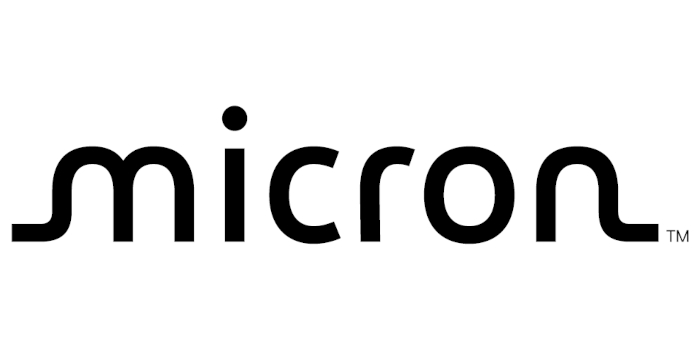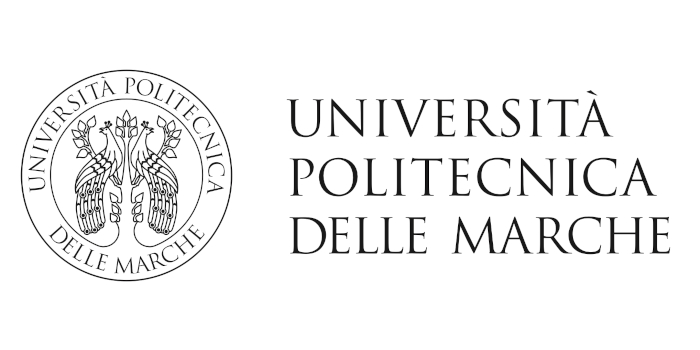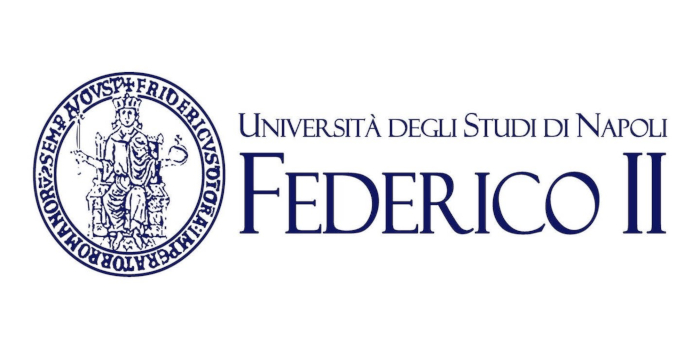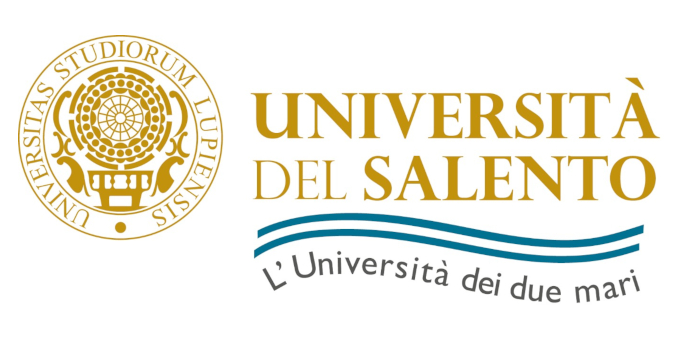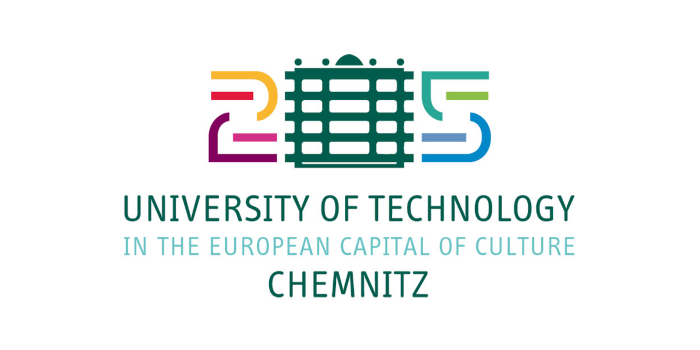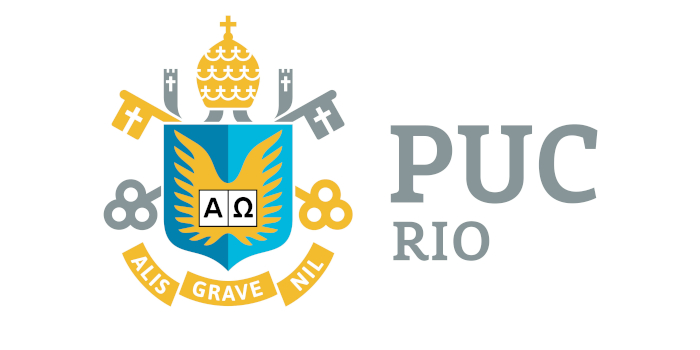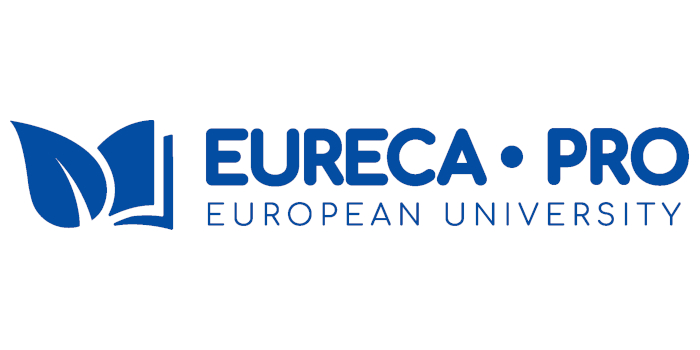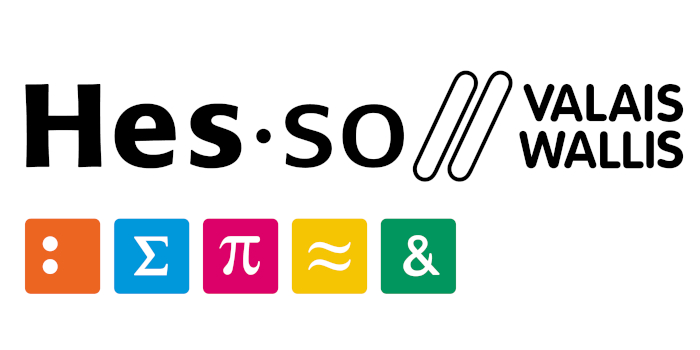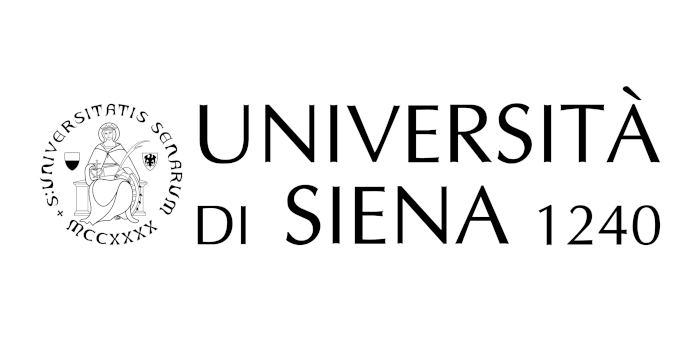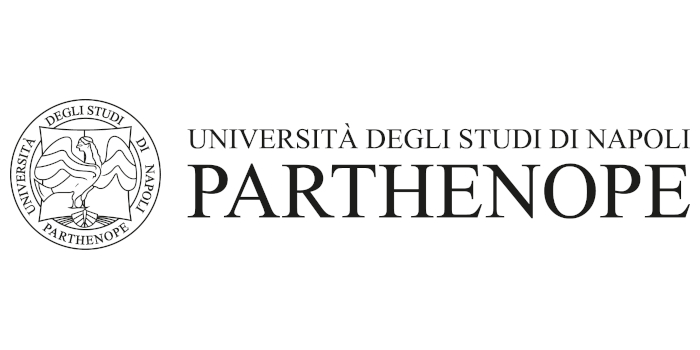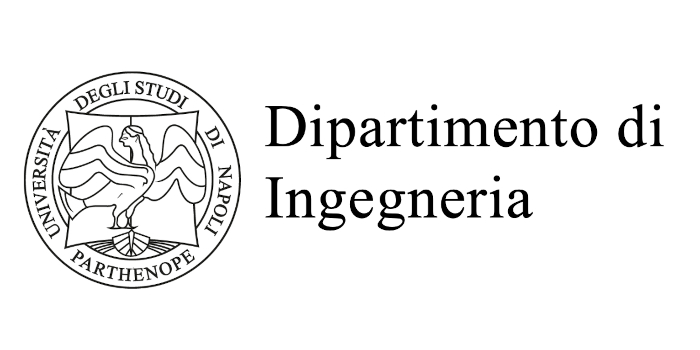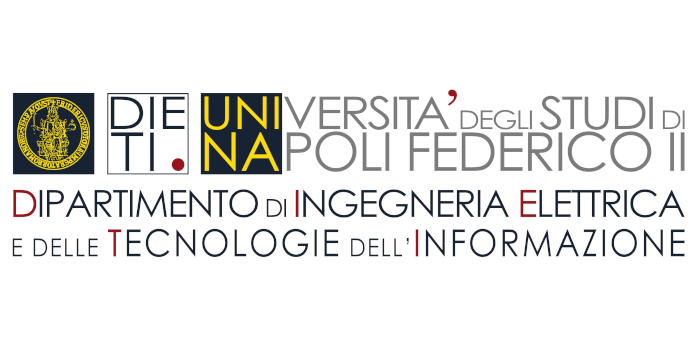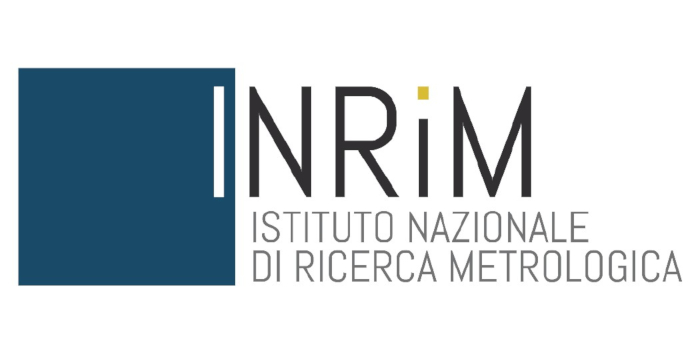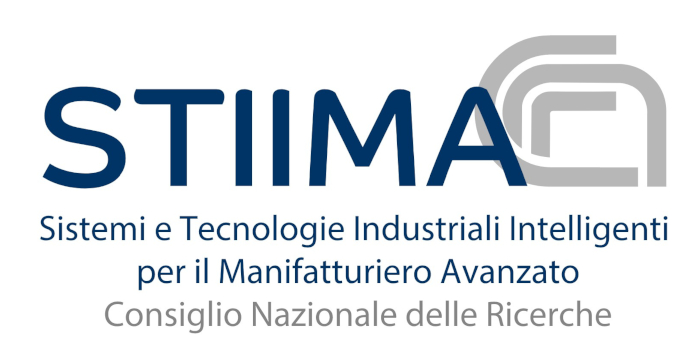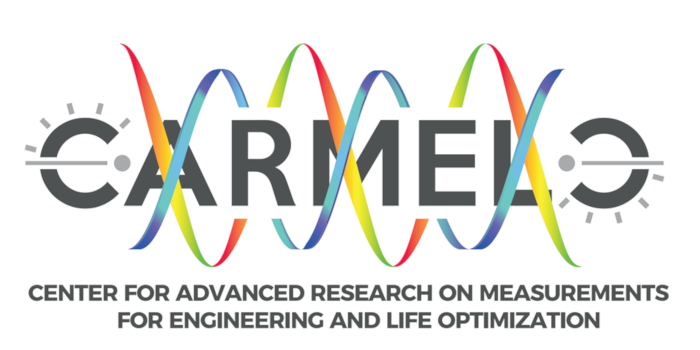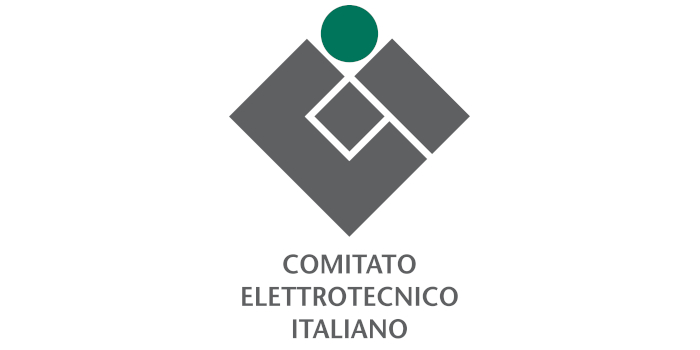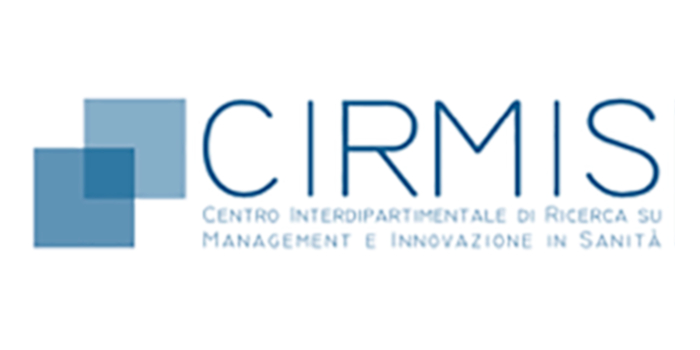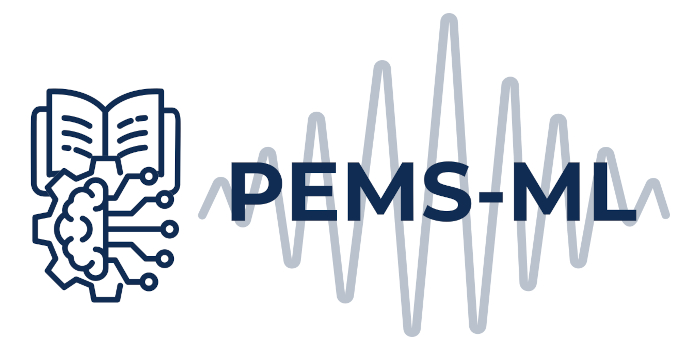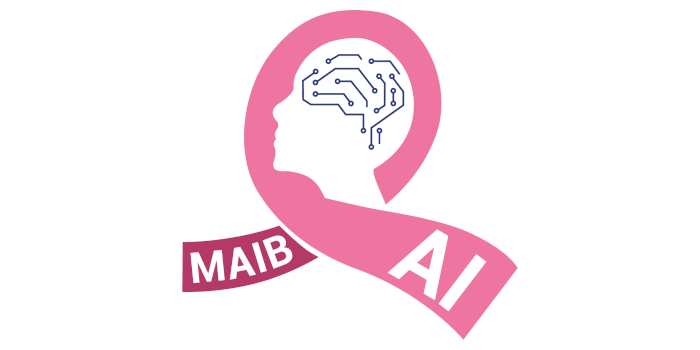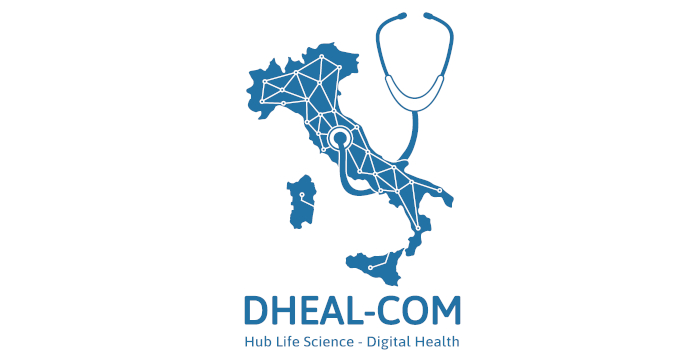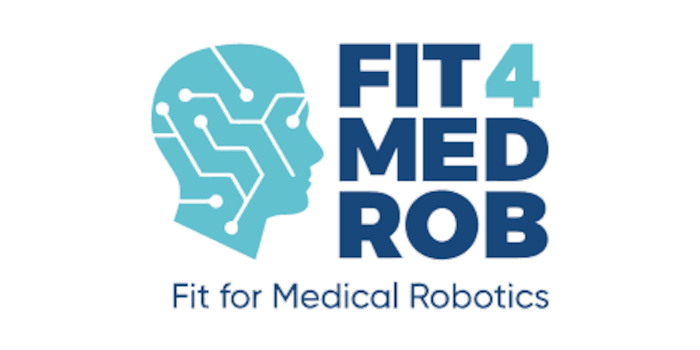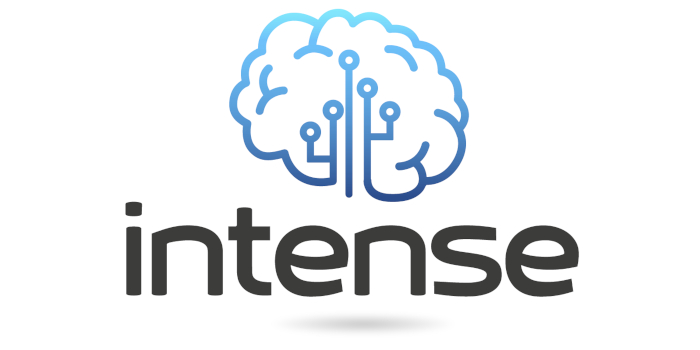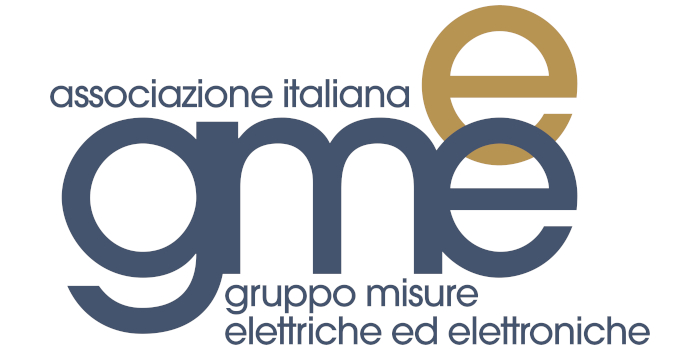THEMATIC SESSION #33
Functional Neuroimaging And Related Analysis Techniques In The Assessment Of Physiological Brain Dynamics
ORGANIZED BY
Ilaria Marcantoni
Marche Polytechnic University, Italy
Mara Fabri
Marche Polytechnic University, Italy
Erica Iammarino
Marche Polytechnic University, Italy
Laura Burattini
Marche Polytechnic University, Italy
ABSTRACT
Functional neuroimaging and related techniques are commonly used to understand the brain function in healthy conditions, such as in cognitive neuroscience investigations, in interhemispheric connectivity assessment, and in human behavior studies. These techniques include functional magnetic resonance imaging (fMRI), positron emission tomography (PET), electroencephalography (EEG), magnetoencephalography (MEG), near infrared spectroscopy (NIRS), and transcranial magnetic stimulation (TMS). Functional neuroimaging mainly reflects the neuronal activity. Since functional brain organization is closely associated with structural organization of neuronal elements, new neuroimaging techniques have been developed to support the knowledge provided by functional neuroimaging. The diffusion tensor imaging (DTI) offers the possibility of assessing human white matter pathways in vivo, tracking white matter fiber tracts within the brain. This is the scenario in which the thematic session is set.
The thematic session will address the tools and methodologies which allow to gain deeper insight toward new levels of understanding and modeling of the human brain dynamics and brain networks in physiological conditions.
Contributing authors are invited to present tools, methodologies and techniques that provide innovative insights and solutions, and new perspectives and approaches, in the assessment of brain functioning by means of functional neuroimaging.
TOPICS
Topics of interest include (but are not limited to):
- Models of the cognitive processes;
- Characterization of brain response to external stimuli;
- Resting state brain networks;
- Brain activation mapping;
- Intra- and inter-hemispheric connectivity in the human brain;
- Graph theory applied to functional brain network architecture.
ABOUT THE ORGANIZERS
Ilaria Marcantoni is Assistant Professor at the Department of Information Engineering, UnivPM. She received her PhD in Information Engineering – curriculum: Biomedical, Electronic and Telecommunication Engineering – from Università Politecnica delle Marche (UnivPM) in 2021. Her main research interest is the automatic processing of brain signals (in particular electroencephalogram) and images (in particular magnetic resonance images) for the study of structural and functional cortical connectivity, as well as of cortical activation maps while performing a task or receiving stimuli. She also works on the automatic processing of digital cardiovascular signals, particularly for the detection of non-invasive cardiovascular risk indexes. She is the author of more than 60 papers, including journal articles and conference proceedings.
Mara Fabri is Associate Professor in Physiology at the Department of Life and Environmental Sciences, Università Politecnica delle Marche (UnivPM).
She is author of more than 100 scientific papers published in international journals, on the following research topics:
- Interhemispheric connectivity between Mammals cortical areas, studied by neuroanatomical, electrophysiological and functional techniques;
- Neurotransmitters of projecting neurons of Mammals cerebral cortex, studied by neuroanatomical and immunohistochemical double-labeling technique;
- Cortical representation of sensory periphery in the somatosensory areas of human cerebral cortex, studied by fMRI;
- Topography human corpus callosum, studied of with imaging techniques;
- Cortical representation of gustatory sensitivity in man studied by fMRI;
- Study of imitative behavior in man, with neuropsychological and imaging techniques.
Erica Iammarino received her bachelor’s degree (cum laude) in Biomedical Engineering from Università Politecnica delle Marche in July 2021. She then received her master’s degree (cum laude) in Biomedical Engineering from the same university in October 2023. Currently, she is a PhD student at the Department of Information Engineering at Università Politecnica delle Marche, where her research focuses on the development of innovative algorithms for neuroimaging data analysis. Her main research interests include the automatic processing of neuroimaging data, such as electroencephalography and magnetic resonance imaging, to assess stress and mental engagement, as well as to study structural and functional cortical connectivity under physiological and pathological conditions.
Laura Burattini received the PdD degree in electrical/biomedical engineering at the University of Rochester (USA) in 1998 and the master’s degree in electrical/biomedical engineering at the Politecnico di Milano (Itay) in 1993. After the PhD, she had some working experience in private companies. Since 2006 she joints the Department of Information Engineering of the Università Politecnica delle Marche where she is currently faculty member as Full Professor of Bioengineering. She is responsible of the “Cardiovascular Bioengineering Lab” and “Bioengineering Lab”. She joins several scientific associations and is member of the board of directors of the Italian National Group of Bioengineering (GNB), of the International Society for Computerized Electrocardiology (ISCE) and of the Computing in Cardiology society (CinC). She is currently associate Editor of “Biomedical Signal Processing and Control”, “Frontiers in Network Physiology” and “Annals of Noninvasive Electrocardiology”. Her main research interests are processing, modelling and classification of biomedical signals and images, particularly of the cardiac, nervous, motor, and metabolic physiological systems. She is author more than 130 journal papers and 170 proceedings of international conferences.













